The Irish Times reports that an IMF study of Ireland estimates that the nation will need to spend 20 billion euros a year – or five per cent of GDP – to meet its 2050 goal of net zero emissions of CO2 from the burning of coal, gas and oil.
In Australia, we are already edging towards the deplorable net zero target while not even formally embracing it. According to RBA estimates, we spend some $7 billion a year on large-scale renewables plus $3 billion a year on rooftop facilities.
Wind and solar facilities cause so much damage to the electricity grid that future installations will need to be controllable by the market manager so that they can be turned off when their operations are threatening stability. Those installing wind and solar are not pleased. However, all of these malinvestments are dependent on government subsidies. Not one cent of the $10 billion a year Australia spends on new renewable installations would take place without the regulatory and funding advantages that governments provide.
Subsidies directly to the installations are running at some $7 billion a year ($4 billion through regulations requiring retailers to incorporate renewable supplies and $3 billion through direct government support and loans). In addition to this we have a $17 billion transmission program to accommodate new renewables plus vast sums charged to customers by the market manager to ensure reliability of a national grid made increasingly insecure by fluctuating renewable supplies.
Notwithstanding all the confected guilt conjured up by domestic green activists and subsidy-seekers, Australia per capita spends far more on these economy-strangling policies than other countries.
Moreover, all such measures by Australia and other western nations can have no effect on climate, even on the hypothesis (not corroborated by satellite readings on global temperatures) that this does cause some warming. This is because the western world’s actions will be offset by those of developing countries. China already burns over half the world’s coal and India, Indonesia and other developing nations are just getting started. Yet, world statesmen engage in naïve wishful thinking, illustrated by Armin Laschet, the heir-apparent to Angela Merkel, who argues we need a softer line on China because, among other things, it is “a partner, particularly in things like fighting climate change.”
Meanwhile, we are deliberately reducing competitiveness. Carbon-free electricity adds costs – 20 per cent to the price of glass and 30 per cent to that of steel.
In Australia, the growth of subsidised renewables has led to a saw-tooth price progression. As these new supplies have been injected into the system, prices have been depressed but following this, the most marginal coal generator will close causing a price surge.
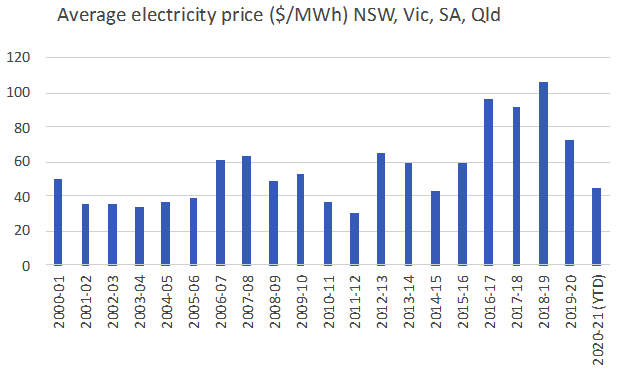
The government has claimed low prices in the present year have been brought about by its policies. In May, Energy Minister Angus Taylor crowed about plummeting electricity prices saying cheap energy will make Australians worry less about their electricity bills and, “Since the introduction of the Big Stick legislation to March this year, there have been 19 straight months of wholesale price reductions on the previous year.”
But depressed demand was the real cause of lower prices at that time. The precarious nature of the market is being progressively worsened as more coal generators are forced out creating risks of supply crises from unanticipated events. The latest of these is the explosion at Queensland’s Callide plant and the flooding at Victoria’s Yallourn plant and, though the average price for the current year is low, the average price in June was, at $164 per MWh, higher than any previous annual average price.
All of this has a bearing on the change in the National Party’s leadership, which was only partly driven by the Party’s wish to see the reinstallation of the nation’s “best retail politician”. Like previous leadership changes in the Liberal Party, the Nationals’ turmoil is part of a struggle between two political camps. On the one hand are those who see alleged human-induced climate change as, in Kevin Rudd’s words, “the greatest moral challenge of our times” and an electoral bonus. On the other hand, are those who see warming scares as unfounded and renewable energy subsidies, their supposed antidote, as being an unwarranted cost to the economy and an electoral threat. For the Nationals, the choice is complicated by the “progressive” wing, led by deputy leader David Littleproud, seeking to get landowners a place on the subsidy gravy train.
That said, those voting to reinstall Barnaby Joyce were clearly unimpressed by the Guardian’s Essential Poll which found “some 73% of respondents want renewables to replace the ageing coal fleet .. and only 15% think Australia should persist with coal-fired power stations.” For National MPs, the most important threat is from climate sceptics (or realists) in One Nation and the Shooters Fishers and Farmers. Moreover, they would recognise that the Essential Poll did not ask people what they are prepared pay for decarbonisation. Few would opt for the $40,000 per household that it would cost and fewer still would want to see a permanent reduction in living standards that would follow.
Alan Moran is with Regulation Economics.
Got something to add? Join the discussion and comment below.
Get 10 issues for just $10
Subscribe to The Spectator Australia today for the next 10 magazine issues, plus full online access, for just $10.

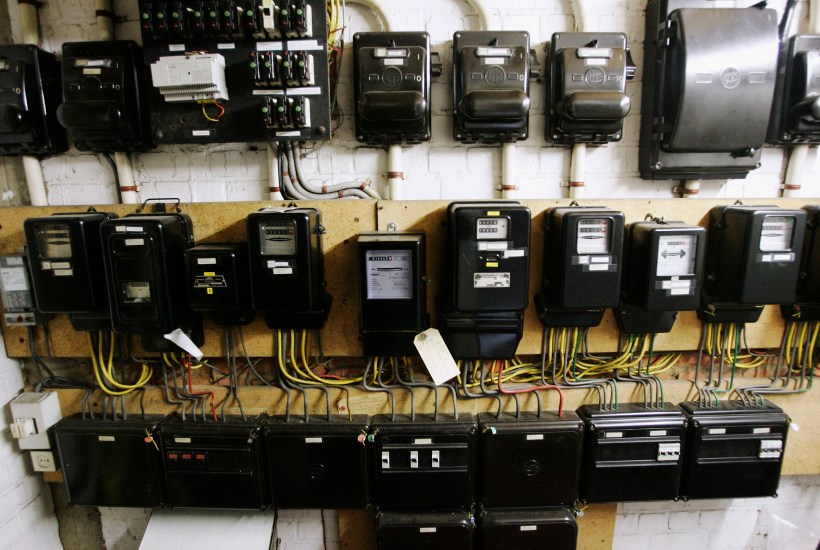


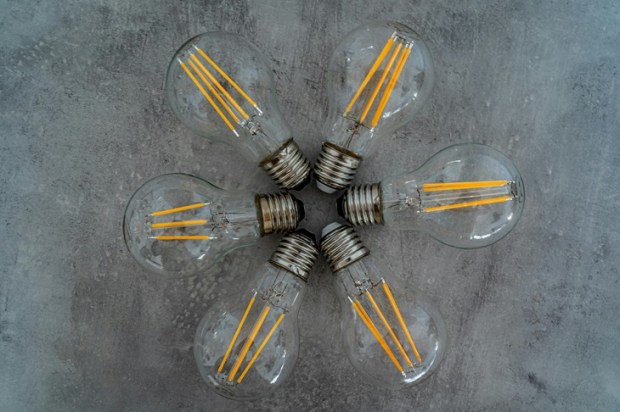
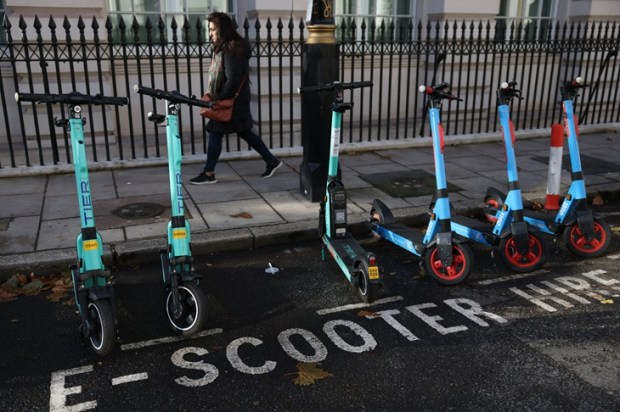
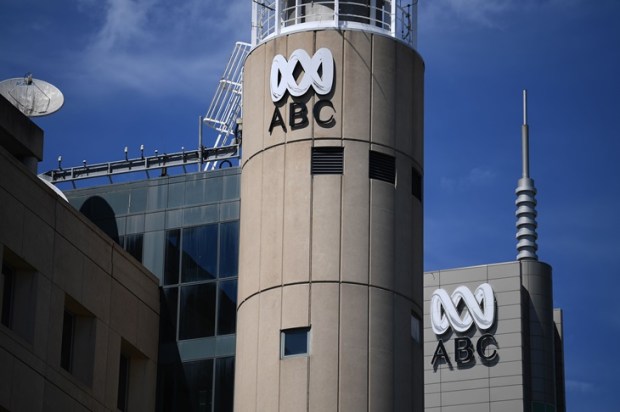
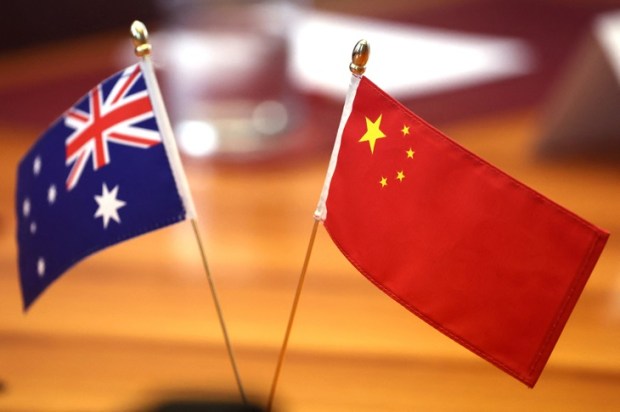


















Comments
Don't miss out
Join the conversation with other Spectator Australia readers. Subscribe to leave a comment.
SUBSCRIBEAlready a subscriber? Log in